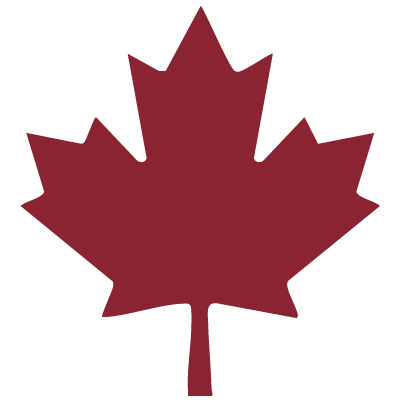Canada’s Instrumentation Leader Since 1946.


In the experiment on additive colour mixing, the students come to understand one of important, technical process for producing colour images.
Principle
In the experiment on additive colour mixing, the students come to understand one of important, technical process for producing colour images.
They should first investigate the overlapping of two different coloured light beams and then, in a further experiment, observe the possibility of producing white light and secondary colours by combining three additive primary colours – red, green and blue.
With the observation of coloured shadows, one can, on the one hand, review prenumbra formation on lighting a non-transparent object with two separate light sources and, on the other, demonstrate that both additive primary colours are contained in the secondary colour region.
The experiment can be carried out with little effort and without making great demands on the experimental skills of the students when the accessories for colour mixing are available. In the evaluation, the students are led to an understanding of the important principles underlying the creation of a coloured television picture. Here, the aid of the teacher is advisable. The outcome of the experiment is, on the one hand, the understanding of important phenomenain nature (spectral sensitivity of the human eye) or in technology (colour television). On the other hand, the experiment has, by its simple, effective structuring, an emotional effect on the students.
Benefits
Tasks
How is a colour television picture produced? Investigate which secondary colours can be produced by different combinations of coloured light beams.
| Device name | Article no. | Quantity |
|---|---|---|
| Light box accessories for colour mixing | 09806-00 | 1 |
| Light box, halogen 12V/20 W | 09801-00 | 1 |
| Colour filter set, additive (red, blue, green) | 09807-00 | 1 |
| PHYWE Power supply, 230 V,DC: 0…12 V, 2 A / AC: 6 V, 12 V, 5 A | 13506-93 | 1 |
Copyright - 2025 - Hoskin Scientific